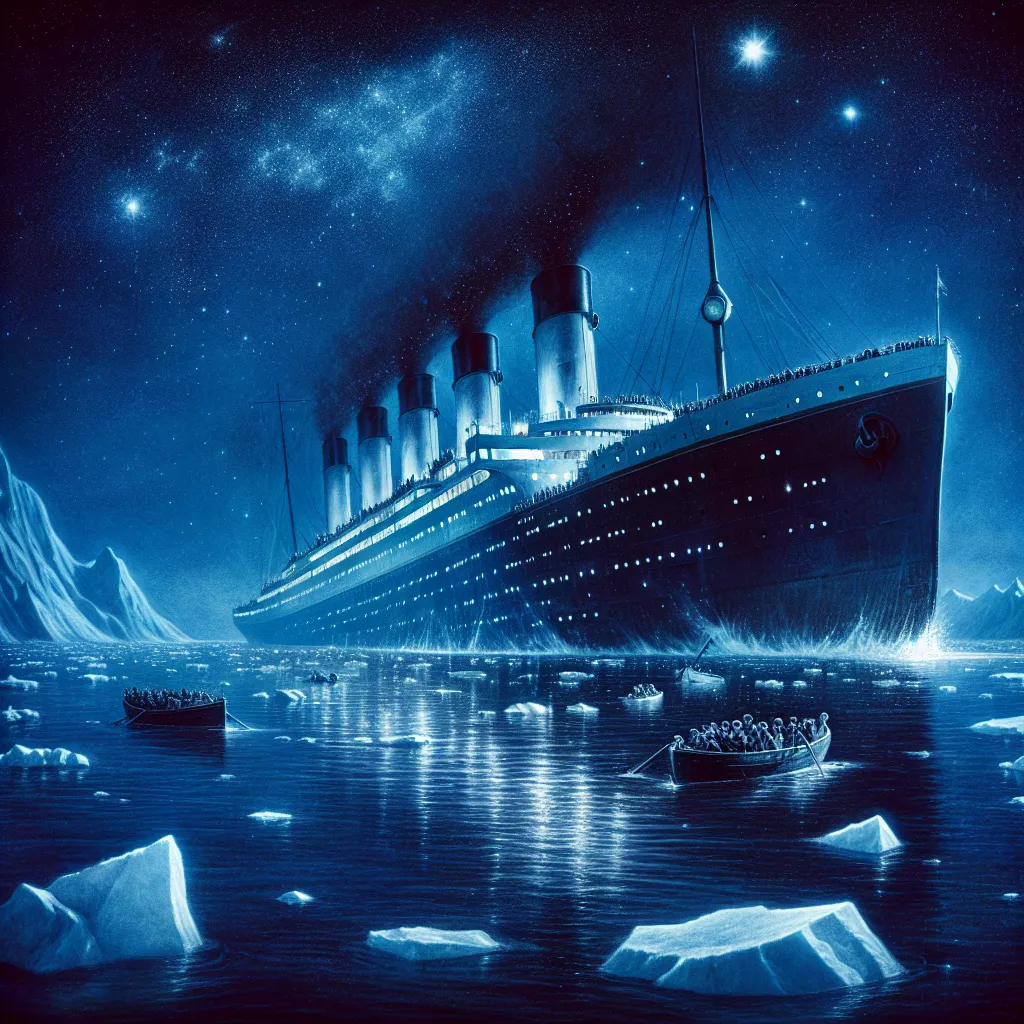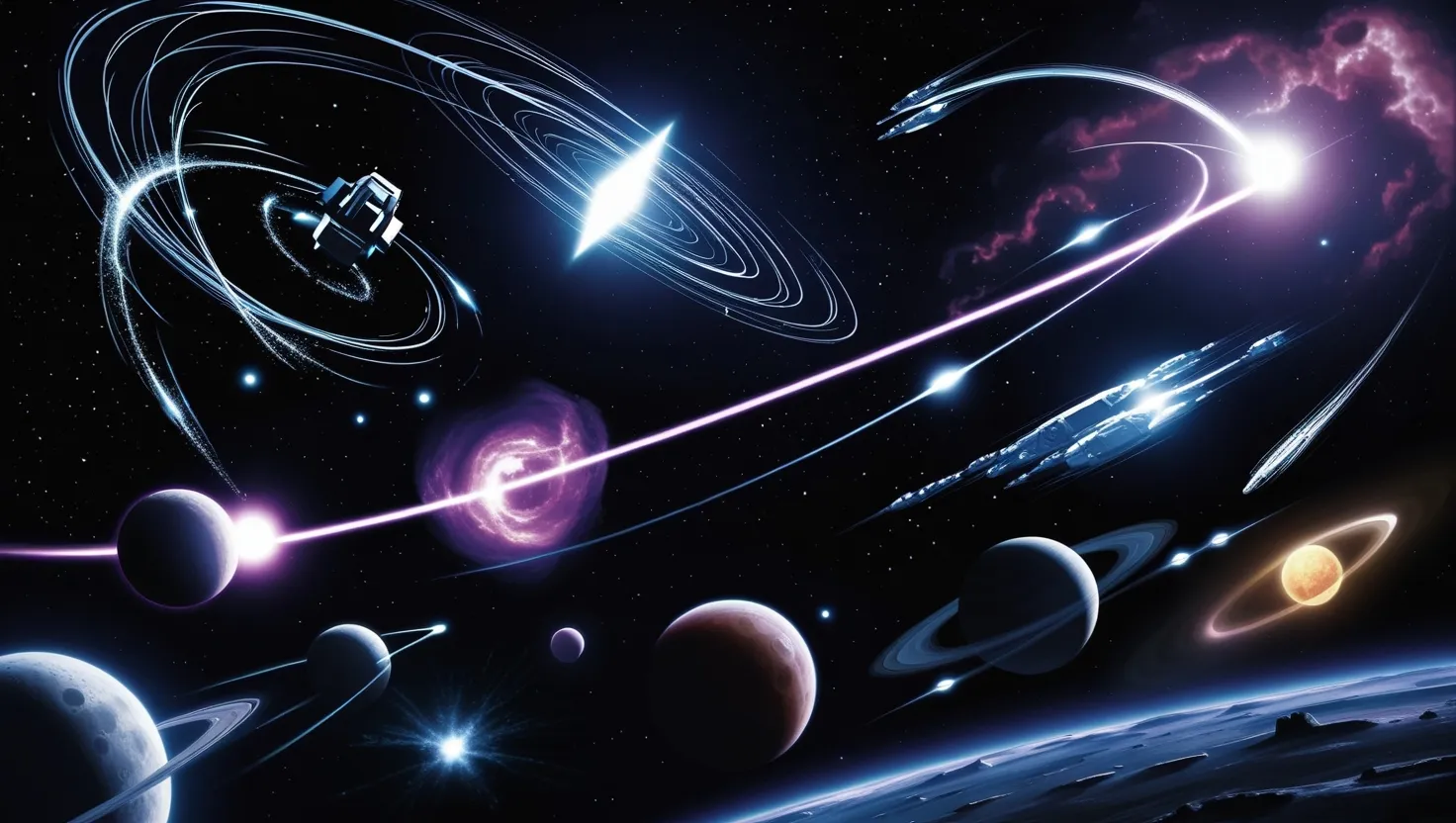On April 10th, 1912, the RMS Titanic set sail on its much-anticipated maiden voyage across the North Atlantic. Just five days later, the unthinkable happened: she struck an iceberg and sank, taking over 1500 souls with her. The world was left in shock.
The sinking of the Titanic wasn’t just about a ship hitting an iceberg—it was a mix of technical errors, human mistakes, and sheer bad luck. From the day she was designed, it seemed she was marked by destiny for disaster.
Even now, over a century later, we’ve continued to peel back the layers of what exactly led to that horrifying night. Every year, a wreath is placed near her resting place, honoring those who perished. This yearly tradition underscores the significance of remembering the past and learning from it. No one wants a repeat of such a tragedy.
The Titanic was envisioned as a paragon of luxury and safety. She was supposed to remain afloat even if her hull was punctured. Yet, she sank in just two hours after the iceberg collision. Questions arose immediately after the disaster, leading to inquiries that sought to find if it all could have been avoided or if someone was responsible.
One of the first oversights came from design decisions. The bulkheads, meant to divide the ship into watertight compartments, were lowered to accommodate a grand staircase. This compromise affected the ship’s structure. In addition, while steel was preferred for rivets, parts of the Titanic, especially in curved areas, were assembled using wrought iron. This had its own unforeseen consequences. Rivets held the steel plates together but weren’t as strong as steel and became a weak point under pressure.
One can imagine those final hours onboard the Titanic. Confusion reigned, and the attempts at rescue were fraught with challenges. Officers prioritized getting as many passengers into lifeboats, though there weren’t enough. The decision to move faster through the ice-laden waters, the unread warning messages, and even the missing key to the binoculars locker contributed to the calamity.
In the wireless room, Jack Phillips and Harold Bride worked tirelessly to send distress signals in hopes that another ship would come to their aid. The nearby Californian, unknowingly the key to their survival, had turned off its wireless for the night, adding another tragic layer to the unfolding story.
Every detail of what went wrong that night speaks to both human ambition and human error. The steel plates and wrought iron rivets couldn’t withstand the iceberg’s force, opening seams and letting in water at a rate that sealed the Titanic’s fate.
The lessons from the Titanic resonate today. They remind us of the importance of preparation, foresight, and humility. Ultimately, it’s a tale of hubris meeting nature’s unpredictable force. As the years roll on, the Titanic’s story remains a powerful reminder of what can happen when we underestimate nature and overestimate our creations.






